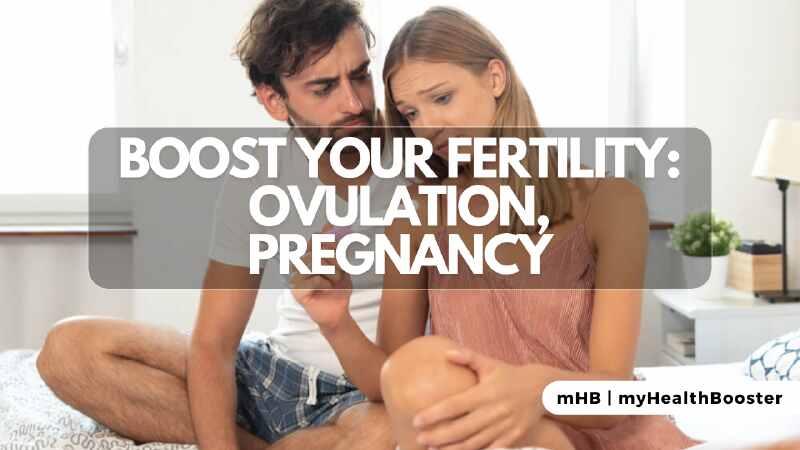Comprehending your menstrual cycle is pivotal for those aiming to boost their chances of conception. Initiating with the onset of menstrual bleeding, the menstrual cycle orchestrates the maturation of eggs within ovarian follicles. From the 2nd to the 14th day, hormones prompt the uterine lining to thicken, preparing for the potential implantation of a fertilized egg—an interval known as the follicular stage.
The Dance of Ovulation
Ovulation, marked by the release of an egg, typically transpires between the 11th and 21st days. A surge in luteinizing hormone (LH) triggers this pivotal event. During this period, cervical mucus undergoes a transformation, adopting a slippery consistency akin to egg whites, facilitating sperm’s journey towards the egg. The average menstrual cycle spans 28 to 32 days.
Perfect Timing is Key
A female is born with 1 to 2 million eggs, but only 300 to 400 will be released in her lifetime. Usually, one egg is released per menstrual cycle. Post-release, the egg travels into the Fallopian tube and subsequently the uterus. Given the limited lifespan of eggs (12 to 24 hours) and sperm (3 to 5 days), knowing your ovulation schedule helps in planning intercourse strategically for optimal conception chances.
Charting Your Fertile Window
Prime opportunities for pregnancy arise 1 to 2 days before ovulation. To pinpoint this timeframe, count back 14 days from your anticipated period, assuming a standard 28-day cycle. Regular intercourse every other day during this fertile window enhances your chances. Remember, frequent daily intercourse may reduce sperm count. If your cycle deviates, online ovulation calculators can aid in forecasting ovulation.
Temperature Tracking
Following ovulation, the corpus luteum releases progesterone, elevating body temperature. Monitoring basal body temperature each morning before rising offers insights into ovulation timing. Though cost-effective, this method is less precise than alternative ovulation tests.
Hormonal Predictions
Home ovulation kits, priced between $15 and $60, measure LH levels in urine. As the LH surge precedes ovulation, these kits boast approximately 99% accuracy. Some kits permit daily testing, adding precision to predicting ovulation.
The Menstrual Finale
Progesterone, released in the latter half of the cycle, readies the uterine lining for potential pregnancy. If conception doesn’t transpire, progesterone levels drop, leading to menstrual bleeding 12 to 16 days later. This cyclical process lasts 3 to 7 days, heralding the start of a new cycle.
Enhancing Ovulation Odds
Research indicates that lifestyle choices influence fertility. Embracing a healthful lifestyle by consuming folic acid-rich foods, abstaining from alcohol and caffeine, sustaining a healthy weight, and opting for organic produce may positively impact fertility.
Weight Matters
Above-normal BMI in women correlates with prolonged conception times. Even a modest weight loss (5-10%) can enhance ovulation and pregnancy rates. Male obesity may contribute to low testosterone levels, impacting fertility.
Age and Conception Realities
A woman’s age plays a pivotal role in conception likelihood. Fertility diminishes with age; a healthy 30-year-old woman has a 20% monthly chance, which drops to 5% at 40. Seeking medical advice after a year of unsuccessful attempts is advisable for those under 35; for those over 35, six months suffices.
Male Fertility Dynamics
While men lack a specific age limit for fatherhood, sperm count and motility decline with age. Lifestyle adjustments, including maintaining a healthy weight, managing stress, and avoiding tobacco and alcohol, can boost male fertility.
Insightful Tips for Pregnancy
Early detection through home pregnancy tests, detecting hCG after fertilized egg implantation, is feasible five days before the expected period. If testing early, repeat for accuracy. A blood test at a medical facility ensures precision.
Recognizing Early Pregnancy Signs
Five early signs encompass a missed period, heightened fatigue, morning or intermittent nausea, frequent urination, and breast tenderness and enlargement.
